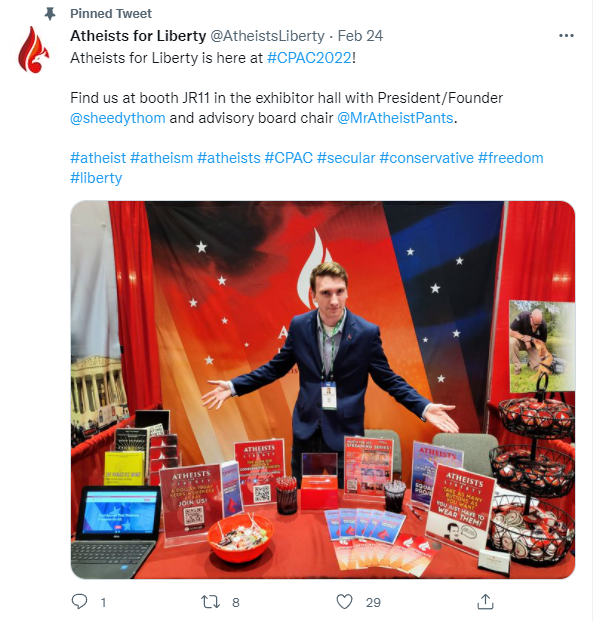Marcus Ranum is offline due to a health issue – he has written about it on his blog. I wish him a speedy recovery.
Even though the hospital visit seems to have futile, I am glad that Marcus Ranum didn’t ignore the symptoms, but instead got medical attention.
This hits rather close to home, as one of my close friends is currently in hospital due to a blood clot in his brain. He fortunately recognized the symptoms, and called an ambulance, which took him to the hospital straight away. Now, he is recovering, but he will have to relearn some motor skills. If he hadn’t recognized the symptoms and called the ambulance, the outcome would have been completely different.























 All in all, it is pretty clear that Atheists for Liberty are anti-vax, but I guess that is hardly surprising for a group that have notorious bigot and anti-vax promoter, James Lindsay on it’s board of advisors.
All in all, it is pretty clear that Atheists for Liberty are anti-vax, but I guess that is hardly surprising for a group that have notorious bigot and anti-vax promoter, James Lindsay on it’s board of advisors.